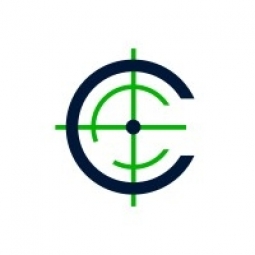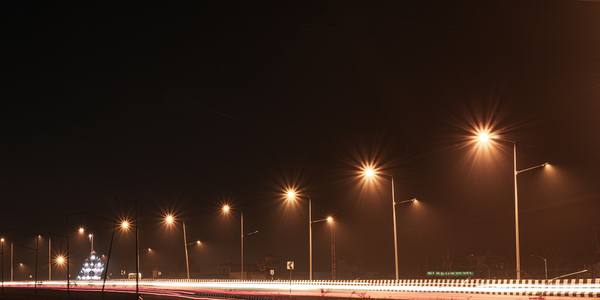Customer Company Size
Large Corporate
Region
- America
Country
- United States
Product
- Corero’s Next Generation IPS
- Corero’s First Line of Defense
Tech Stack
- Network Security
- DDoS Defense
Implementation Scale
- Enterprise-wide Deployment
Impact Metrics
- Customer Satisfaction
Technology Category
- Cybersecurity & Privacy - Network Security
Applicable Industries
- Cities & Municipalities
Applicable Functions
- Business Operation
Use Cases
- Cybersecurity
Services
- System Integration
About The Customer
San Miguel County, Colorado, encompasses a diverse region ranging from the rugged mountain resort communities of Telluride and Mountain Village to the arid ranching communities of the County’s west end, Norwood and Egnar. Its 1,287 square miles stretch from the San Juan Mountains in the east to the Utah border to the west. Telluride, the county seat, is known for its summer festivals, including the Mountainfilm Festival, Telluride Film Festival, Bluegrass Festival and Jazz Celebration, and winter skiing. Colorful history and unsurpassed scenic beauty are the hallmarks of San Miguel County. The county government is connected to the world through the Internet and is at risk from the same types of threats from cyber attackers.
The Challenge
San Miguel County, Colorado, is a popular tourist destination with a diverse region ranging from rugged mountain resort communities to arid ranching communities. Despite its peaceful and scenic locale, the county government is connected to the world through the Internet and is at risk from the same types of threats from cyber attackers. The county provides online constituent services and important information for citizens and visitors on its website. As residents become more dependent on the website, there is a growing requirement to protect against web-based attacks aimed at stealing data and distributed denial of service (DDoS) attacks that could bring the site down. The county needed a comprehensive network security solution that would protect the county’s sensitive data and maintain online services without disruption in the face of an increasingly dangerous Internet environment.
The Solution
San Miguel County chose Corero, the First Line of Defense for organizations against attacks. Corero was exactly what the county was seeking. It was essential to find the right solution to protect sensitive county data and maintain growing online services without disruption. Up-to-date protection against the latest threats was a critical criterion. Corero stops both traditional network-layer and the hard-to-detect application-layer DDoS attacks that have become the attackers’ weapon of choice. As the First Line of Defense, Corero protects IT infrastructure, enabling traditional security devices, including firewalls, to do their jobs as they were intended. In addition to signature-based threat detection, Corero makes extensive use of protocol and file validation, inspecting all packets for anomalous behavior to detect the most sophisticated attacks and zero-day exploits.
Operational Impact
Quantitative Benefit

Case Study missing?
Start adding your own!
Register with your work email and create a new case study profile for your business.
Related Case Studies.

Case Study
Turning A Stadium Into A Smart Building
Honeywell created what it called the “intelligent system” for the National Stadium in Beijing, China, turning the venue for the opening and closing events at the 2008 Summer Olympics into a “smart building.” Designed by highly controversial artist Ai Weiwei, the “Bird’s Nest” remains one of the most impressive feats of stadium architecture in the world. The 250,000 square meter structure housed more than 100,000 athletes and spectators at a time. To accommodate such capacity, China turned to Honeywell’s EBI Integrated Building Management System to create an integrated “intelligent system” for improved building security, safety and energy efficiency.
.png)
Case Study
Smart Street Light Network (Copenhagen)
Key stakeholders are taking a comprehensive approach to rethinking smart city innovation. City leaders have collaborated through partnerships involving government, research institutions and solution providers. The Copenhagen Solutions Lab is one of the leading organizations at the forefront of this movement. By bringing together manufacturers with municipal buyers, the Copenhagen Solutions Lab has catalyzed the development and deployment of next-generation smart city innovations. Copenhagen is leveraging this unique approach to accelerate the implementation of smart city solutions. One of the primary focus areas is LED street lighting.
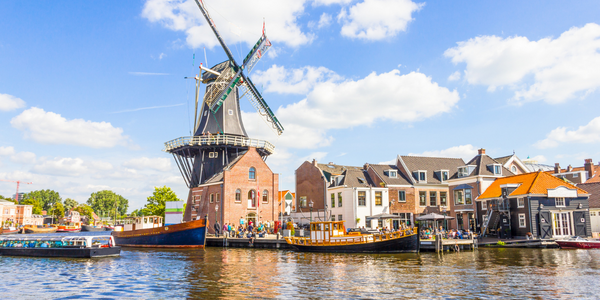
Case Study
Buoy Status Monitoring with LoRa
The Netherlands are well-known for their inland waterways, canals, sluices and of course port activities. The Dutch Ministry of Infrastructure indicates that there are thousands of buoys and fixed items in and near water environments that would profit from IoT monitoring. One of the problems with buoys for example, is that they get hit by ships and the anchor cable breaks. Without connectivity, it takes quite some time to find out that something has happened with that buoy. Not to mention the costs of renting a boat to go to the buoy to fix it. Another important issue, is that there is no real-time monitoring of the buoys at this moment. Only by physically visiting the object on the water, one gains insight in its status.
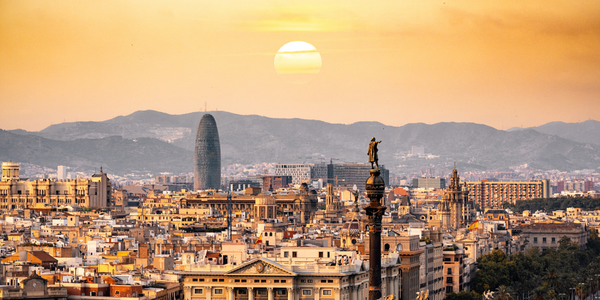
Case Study
Barcelona Case Study
Barcelona’s heavy traffic and its associated high levels of pollution were the primary factors that motivated some companies and universities to work on strategies for improving traffic in the city centre. Bitcarrier is one of the technologies involved in the In4Mo Project, whose main objective is to develop the applications that form the core of smart mobility, one of the fundamental pillars of the smart city concept.
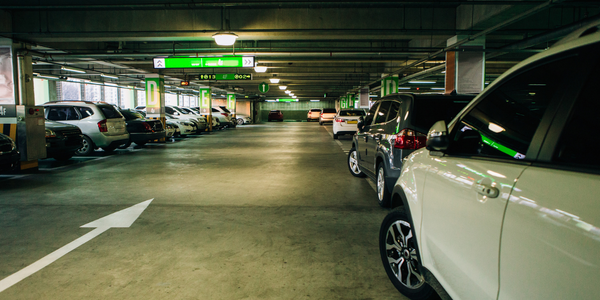
Case Study
China Mobile Smart Parking
Smart Parking, powered by NB-IoT technology, is making it easier for drivers to find free parking spots. Cities can better manage their parking assets and maximize the revenue available to them as a result. Drivers searching for parking create congestion and pollution by circling and hunting for available parking. Smart Parking services are able to significantly ease these problems by guiding a driver directly to a parking space.




